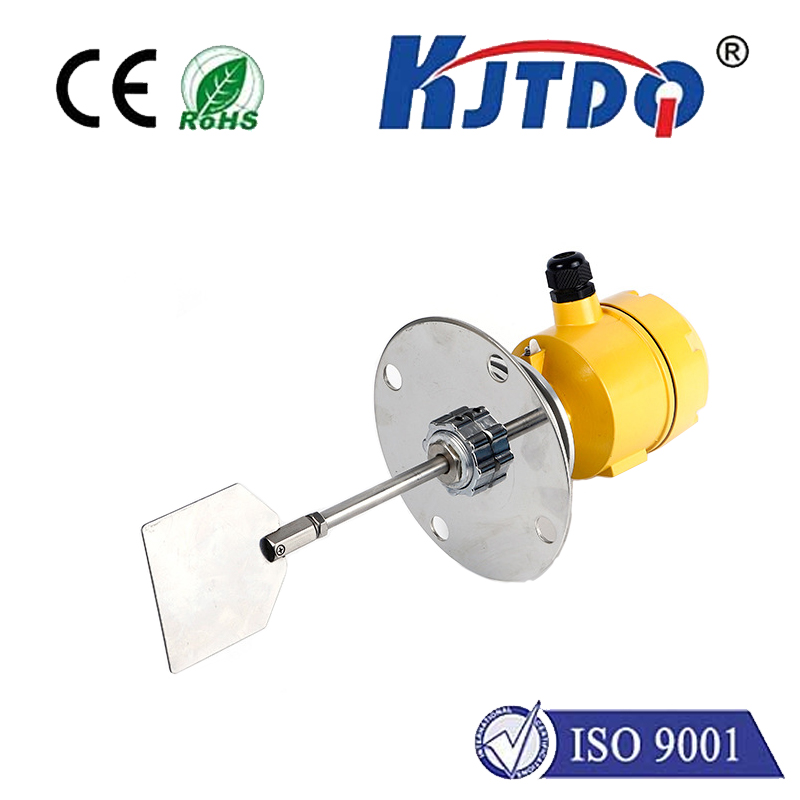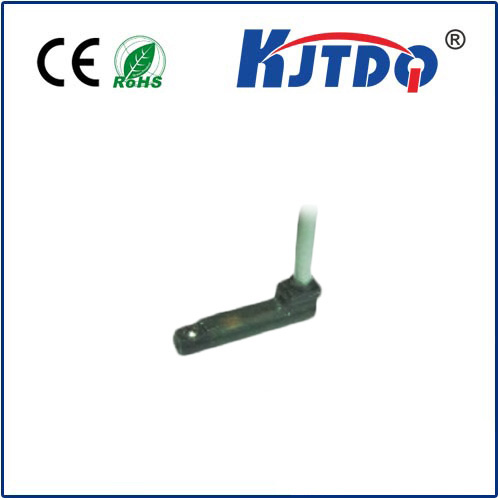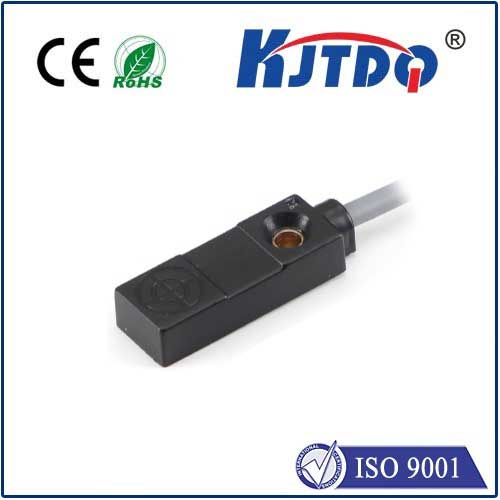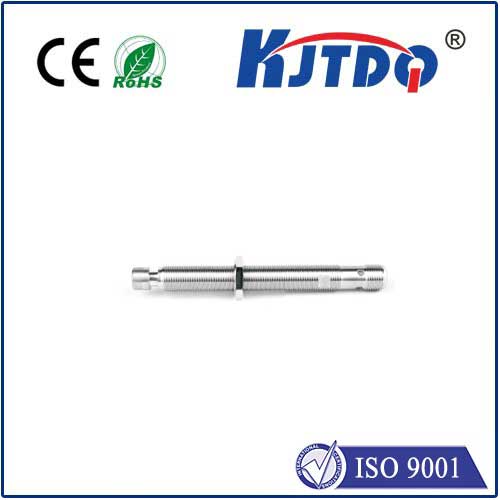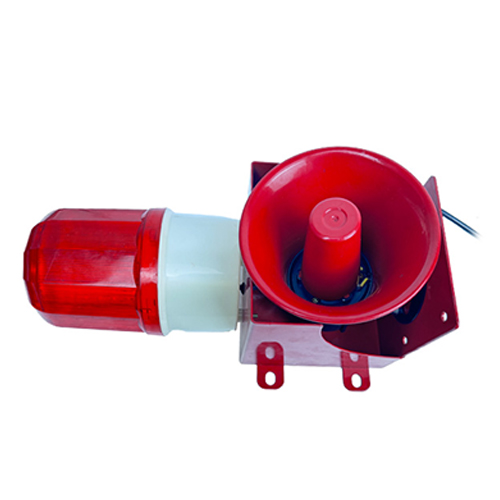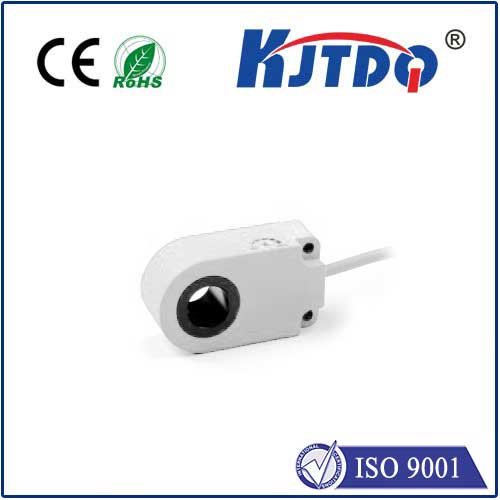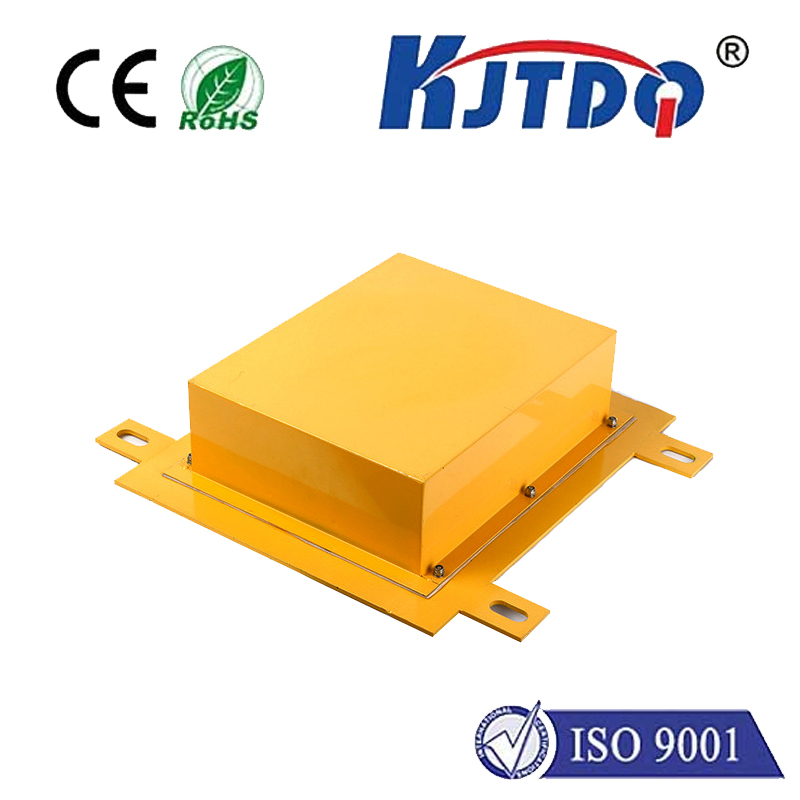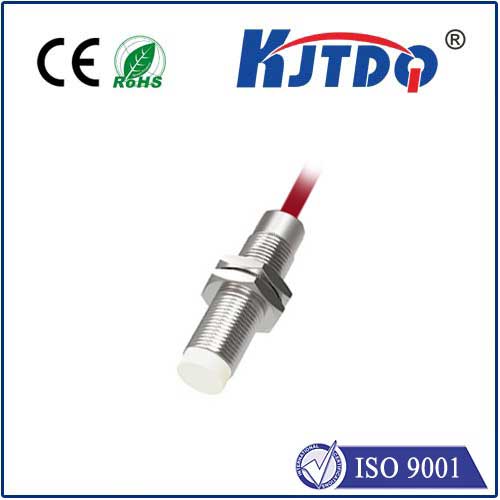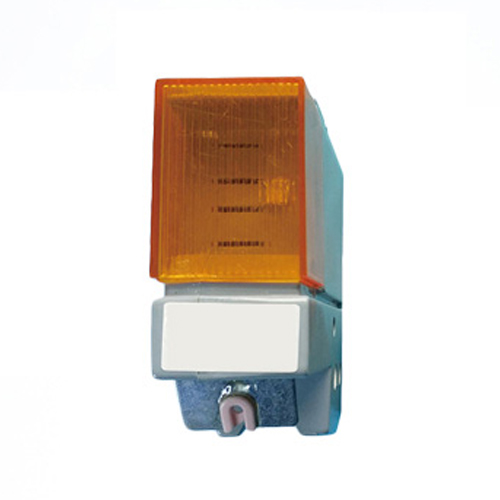

check

check

check

check

check

check

check

check

check

check
Imagine a world where machines can “see” presence, absence, distance, and even color with remarkable speed and reliability. This isn’t science fiction; it’s the everyday reality enabled by opto sensors. These versatile devices are the unsung heroes of modern automation, silently working behind the scenes to count products on a conveyor, detect objects in machinery, ensure correct assembly, and safeguard personnel. Understanding what opto sensors are and how they function unlocks the key to countless efficient and safe automated processes.
What Exactly is an Opto Sensor?
At its core, an opto sensor, short for optical sensor, is a device that uses light to detect the presence, absence, or characteristics of an object without physical contact. It’s a marriage of optics and electronics, comprising two fundamental parts:
The magic happens when the light beam is interrupted, reflected, or altered by the target object, causing a detectable change in the signal received. This change triggers the sensor’s output, signaling the object’s status to the control system.
How Do Opto Sensors Work? The Core Principles
The fundamental operating principle leverages the interaction between the emitted light and the target. Here are the three primary sensing modes:

Through-Beam (Opposed Mode): This is often considered the most reliable and longest-range method. The emitter and receiver are housed in separate units, positioned directly opposite each other. The emitter sends a constant beam of light to the receiver. Detection occurs when an object physically breaks this beam, blocking the light from reaching the receiver. Think of it like breaking a laser tripwire.
Retro-Reflective Mode: Here, the emitter and receiver are housed together in a single unit. The unit faces a specialized reflector (corner-cube reflector) designed to bounce the light beam directly back to the receiver. Detection occurs when an object interrupts the beam traveling to or from the reflector. This mode offers easy alignment and good range, but requires a reflector.
Diffuse (Proximity) Mode: This is the most common and compact type. The emitter and receiver are housed together in a single unit, facing the target area. The unit emits light, and the receiver detects the light diffusely reflected off the surface of the target object itself. Detection occurs when enough reflected light reaches the receiver. Range is typically shorter than through-beam or retro-reflective, and performance highly depends on the target’s size, color, reflectivity, and surface texture.
Where Are Opto Sensors Used? (Applications Galore!)
The applications for optical sensors are vast and cross numerous industries. Their non-contact nature, speed, and reliability make them indispensable:
Key Advantages of Opto Sensors
Why choose opto sensors over other sensing technologies? Several compelling benefits drive their widespread adoption:
Considerations When Selecting an Opto Sensor
Choosing the right opto sensor is crucial for optimal performance. Key factors include:
Choosing the best optical sensor isn’t just about picking a type; it involves carefully matching these factors to your specific application needs. Consulting sensor selection guides or manufacturer experts is often highly beneficial.
The Future is Bright: Smart Opto Sensors
The evolution of opto sensors continues. Smart sensors incorporating IO-Link communication are becoming increasingly common. These offer enhanced diagnostics (monitoring contamination levels on the lens, LED performance), simplified parameterization and setup, and seamless integration into Industry 4.0 architectures, providing valuable data beyond simple object detection. Innovations in miniaturization, background suppression techniques for diffuse sensors, and enhanced capabilities for detecting challenging targets (like transparent glass or shiny metals) are also ongoing.
From the simplest presence detection to complex positioning tasks, opto sensors provide the essential “vision” required by modern automated systems. Their combination of robustness, speed, versatility, and non-contact operation ensures they will remain a cornerstone technology, enabling smarter, safer, and more efficient processes across countless industries for years to come. Understanding their principles and applications is fundamental for anyone involved in designing, maintaining, or operating automated equipment.

